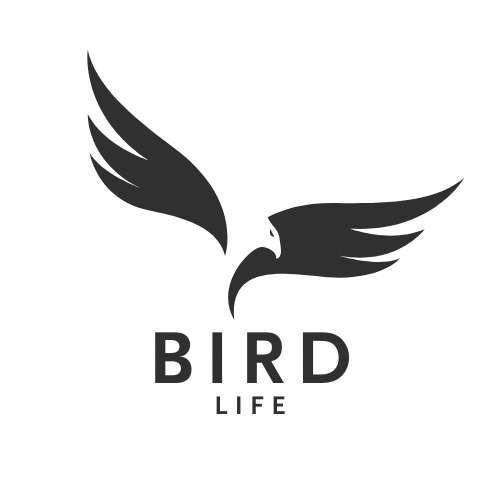Mornings offer a magical window into the avian world. As the first light breaks across the sky, birds begin their daily activities with remarkable enthusiasm—feeding, singing, and establishing their presence in the world. By incorporating birdwatching into your morning routine, you can transform ordinary daybreaks into extraordinary encounters with nature. This simple yet rewarding practice not only connects you with the natural world but also promotes mindfulness, reduces stress, and sharpens your observational skills. Whether you have a spacious backyard, a tiny apartment balcony, or simply a window with a view, the following guide will help you seamlessly integrate birdwatching into your morning rituals, enriching your days with feathered wonders and their captivating behaviors.
Understanding the Dawn Chorus Advantage

Birds are naturally most active during the early morning hours, particularly right around sunrise, in what ornithologists call the “dawn chorus.” This spectacular auditory event occurs when multiple bird species sing simultaneously, creating a natural symphony that peaks in intensity during the first hour after daybreak. The biological reason for this activity centers around several factors: cooler temperatures make hunting for food more energy-efficient, sound travels farther in the still morning air, and there’s typically less competition from human-made noise. Additionally, many birds use this time for territorial announcements and mate attraction, making mornings the optimal time to observe a wide variety of behaviors and species without having to venture far from home.
Preparing Your Birdwatching Space

Creating a dedicated birdwatching spot within your home can significantly enhance your morning experience. Position a comfortable chair near your best wildlife-viewing window, ideally one overlooking trees, gardens, or open spaces where birds frequent. Keep a small side table nearby for essentials like binoculars, field guides, and perhaps a steaming cup of coffee or tea. Consider hanging window feeders if you don’t have outdoor space—these attach directly to glass with suction cups and bring birds remarkably close for detailed observation. For those with outdoor access, establish a viewing zone on your balcony or in your yard where you can sit quietly without disturbing the natural activities of your feathered visitors.
Essential Gear for Morning Birdwatchers
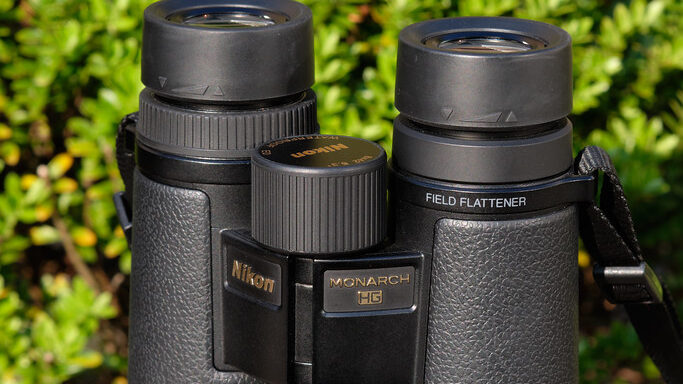
While birdwatching can be as simple as looking out your window, a few basic tools can dramatically improve your experience and identification abilities. Binoculars stand as the most important investment—choose a pair with 8×42 magnification for an ideal balance of clarity, field of view, and brightness during dawn hours. A field guide specific to your region helps identify local species, with modern apps like Merlin Bird ID or Audubon offering quick reference with sound recordings for confirmation. Keep a small notebook or digital journal nearby to record observations, which becomes increasingly valuable as you notice patterns in bird behavior over time. Finally, consider a simple bird clock that displays common species along with their calls—this multisensory reference tool can accelerate your learning while serving as functional décor.
Setting Up Bird-Friendly Features
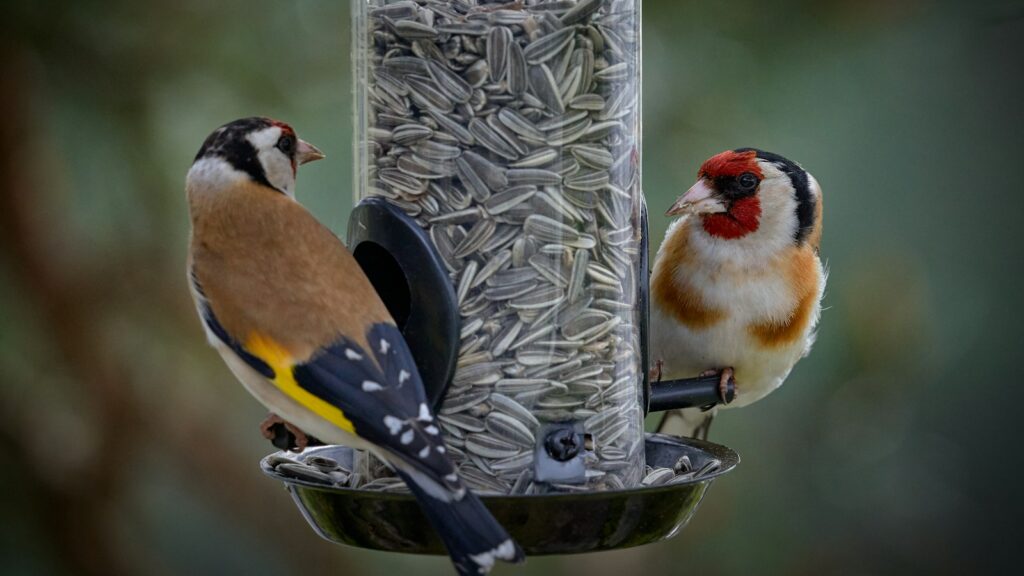
Attracting birds to your viewing area requires understanding their basic needs: food, water, shelter, and nesting sites. Install bird feeders with different types of food to attract various species—black oil sunflower seeds appeal to the widest variety, while nyjer seeds attract finches, and suet cakes bring in woodpeckers and nuthatches. A bird bath provides essential drinking and bathing water, becoming especially active during morning hours when birds perform their daily ablutions. Native plants offer natural food sources through berries, seeds, and by hosting insects that many birds require for protein. For apartment dwellers, even a small window box with native flowers can attract hummingbirds and provide nectar for other species, creating your personal birdwatching hotspot.
Creating a 15-Minute Morning Birdwatching Ritual

Consistency transforms occasional bird observation into a rewarding daily practice. Begin by identifying a specific 15-minute window in your morning routine—perhaps while enjoying your first cup of coffee or just after waking—and dedicate this time exclusively to birdwatching. Start with simple observation without binoculars, taking in the overall scene and noting which birds arrive first and their behaviors. After a few minutes, use binoculars to focus on details like plumage patterns, feeding techniques, and interactions between birds. Keep your movements slow and minimal to avoid startling your subjects, as birds quickly become accustomed to a human who remains still and quiet. This brief daily practice builds a connection with your local bird community while creating a mindful transition into your day.
Learning Bird Identification Basics
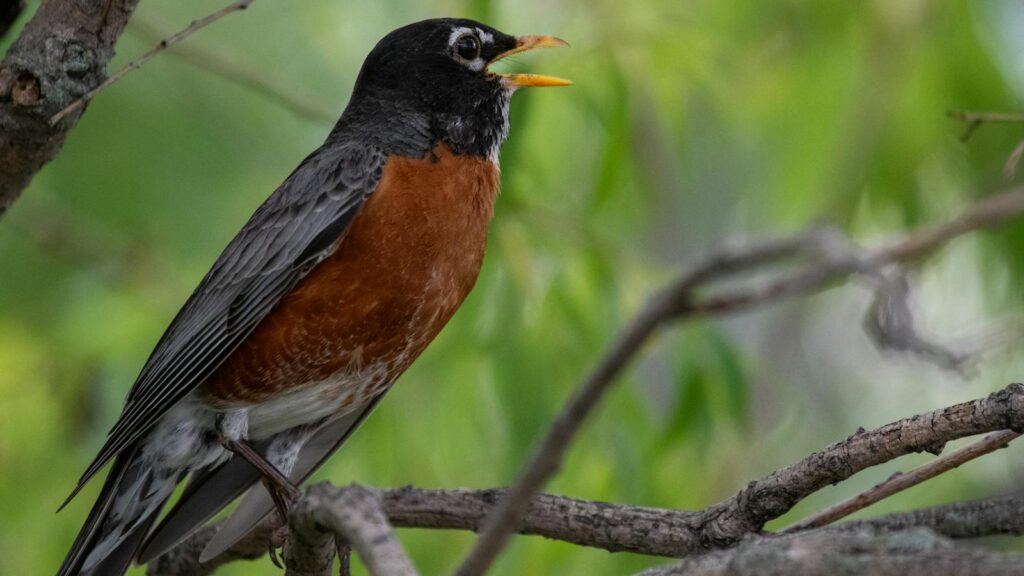
Identifying birds becomes a fascinating skill that develops naturally with regular observation. Begin with the most common visitors to your area, focusing on distinctive characteristics like size (compare to familiar birds like robins or sparrows), overall color pattern, bill shape, and behavior. Voice recognition offers another powerful identification tool—many birds have distinctive calls and songs that become recognizable with practice. The “GISS” method (General Impression of Size and Shape) helps quickly narrow possibilities even when details aren’t clear. Most importantly, don’t worry about identifying every bird immediately; regular morning observation builds pattern recognition naturally, and the “mystery birds” often become the most intriguing part of your developing birdwatching journey.
Tracking Seasonal Bird Changes

One of birdwatching’s greatest rewards comes from witnessing the seasonal progression of bird activity in your area. Spring mornings bring breeding behaviors, nest-building, and the return of migratory species, creating particularly vibrant dawn choruses. Summer introduces fledglings and young birds learning survival skills, often with distinctly different plumage from adults. Fall migration brings transient visitors passing through on their journeys south, offering opportunities to spot species that don’t typically reside in your area. Winter mornings reveal survival strategies and different feeding patterns as birds adapt to challenging conditions. By maintaining your morning ritual year-round, you’ll develop a nuanced understanding of your local avian calendar and anticipate seasonal visitors like old friends.
Combining Birdwatching with Mindfulness

Morning birdwatching naturally complements mindfulness practices, creating a powerful start to your day. Begin with three deep breaths to center yourself before focusing full attention on the present moment and the birds before you. Notice the details—the way light catches a cardinal’s crest, the methodical way chickadees examine each seed, the perfect choreography of swallows in flight. Listen deeply to the layered soundscape of calls and songs, distinguishing individual voices within the chorus. This immersive sensory experience naturally quiets the planning mind and brings full attention to the present, reducing stress hormones and setting a positive tone for the day. Many experienced birdwatchers report that their morning sessions provide meditation-like benefits while connecting them to the natural world.
Keeping a Morning Bird Journal

Documenting your observations transforms casual birdwatching into a meaningful record of your local ecosystem and personal growth. Dedicate a special notebook or digital journal exclusively to your morning bird encounters, noting date, time, weather conditions, and species observed. Include brief descriptions of behaviors that catch your attention—territorial disputes, courtship displays, feeding techniques—along with any patterns you notice developing over time. Quick sketches, even rudimentary ones, sharpen your observational skills far more effectively than photographs. Consider adding personal reflections about how the morning’s birdwatching affected your mood or thoughts, creating a uniquely personal nature chronicle that becomes increasingly valuable as seasons and years pass.
Expanding Your Morning Birding Circle
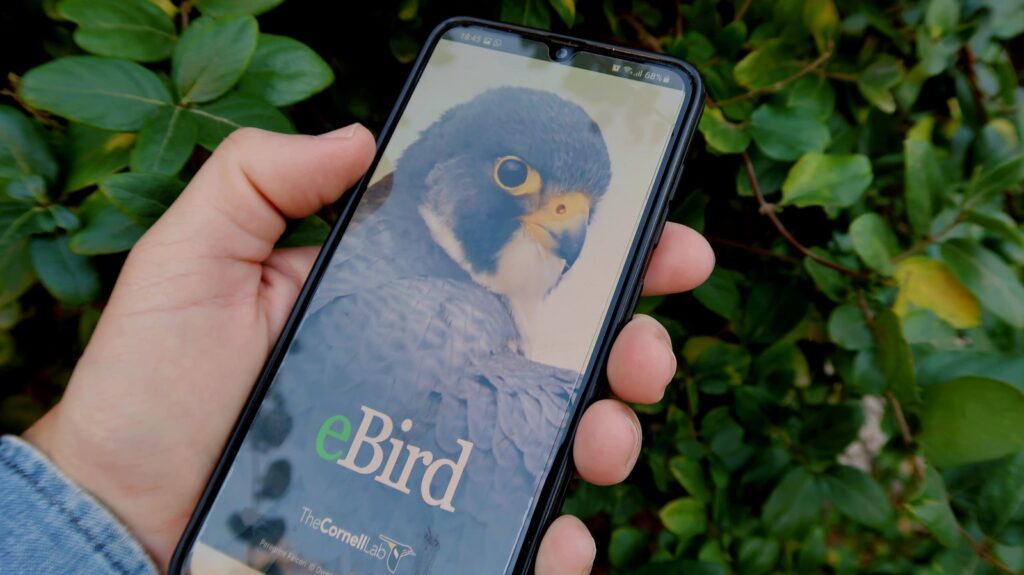
While solitary morning birdwatching offers peaceful contemplation, sharing the experience can enrich your practice and knowledge. Invite family members to join occasionally, particularly children whose natural curiosity and sharp eyes often spot details adults miss. Connect with local birdwatching groups through platforms like Meetup or Facebook, many of which organize early morning walks perfect for beginners. Consider participating in community science projects like eBird or the Great Backyard Bird Count, where your morning observations contribute to important ornithological research. Virtual birdwatching communities on social media provide opportunities to share discoveries and learn from experienced birders worldwide, creating a supportive network that enhances your morning ritual.
Troubleshooting Common Morning Birdwatching Challenges

Even dedicated morning birdwatchers encounter occasional obstacles that can be overcome with simple adjustments. For weather challenges, develop alternate observation strategies—rainy mornings often reveal different behaviors as birds seek shelter, while keeping blinds partially closed during extreme temperatures creates a comfortable viewing space. When schedules become hectic, remember that even five minutes of focused observation maintains the ritual and connection. Window collisions can be prevented by applying special decals or screens that birds can see but don’t significantly obstruct your view. If local bird activity seems mysteriously absent, investigate potential neighborhood changes like construction, new predators, or shifted food sources, then adjust your approach accordingly. Persistence through these challenges ultimately deepens your birdwatching experience and adaptability.
Advancing Your Morning Birdwatching Skills
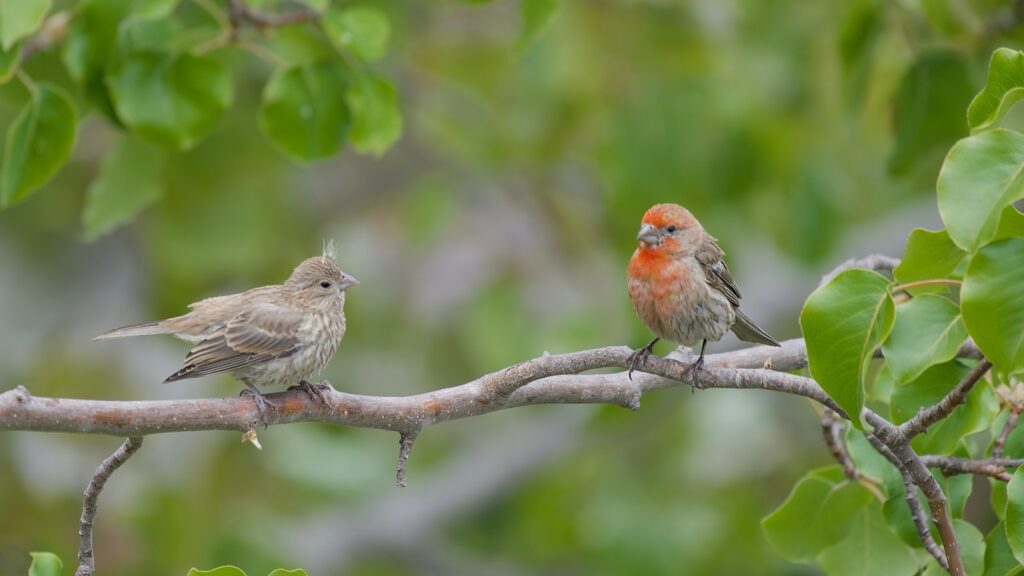
As your morning birdwatching becomes established, gradually introduce practices that deepen your connection and knowledge. Learn to identify birds by ear, focusing on one common call or song each week until it becomes instantly recognizable. Practice aging and sexing birds based on subtle plumage differences—many field guides provide specific information on male/female and juvenile/adult variations. Study behavioral patterns such as feeding techniques, flight styles, and social interactions that reveal as much about species identity as physical characteristics. Consider investing in a spotting scope for occasional detailed observation of distant birds, particularly if your view includes water bodies where waterfowl gather. These advancing skills transform routine observation into a rich understanding of avian ecology happening right outside your window.
Transforming Morning Birdwatching into a Lifelong Practice

The most dedicated morning birdwatchers discover that this simple ritual evolves into a profound lifelong journey connecting them to the natural world. Consider developing yearly traditions that mark special moments, such as celebrating the first spring warbler or the return of a favorite migratory species. Create a life list specifically for birds observed during your morning sessions, documenting the remarkable diversity that appears just outside your home. Share your knowledge with others through neighborhood newsletters, social media, or local nature centers, becoming a community resource for bird information. Most importantly, allow yourself to experience wonder—even after years of observation, birds continue to surprise with new behaviors, unexpected species, and moments of transcendent beauty that remind us why we turn our eyes to the skies each morning.
Conclusion
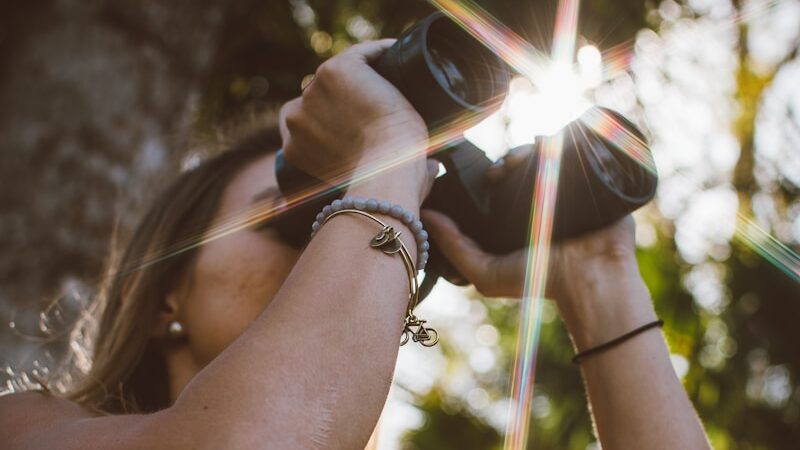
Morning birdwatching offers a uniquely accessible entry point to the natural world, requiring minimal equipment and time while delivering remarkable rewards. By incorporating these strategies into your daily routine, you transform ordinary mornings into extraordinary encounters with the wild lives unfolding around your home. Whether you’re identifying your first cardinal or documenting subtle seasonal changes in familiar species, the practice connects you to ancient rhythms that transcend our digital age. As you develop this habit, you’ll likely discover that birds become more than distant wildlife—they become neighbors, characters, and teachers whose daily dramas enrich your life immeasurably. Your morning coffee may never be the same once shared with the avian world awakening outside your window.
